We think of a college kid in a raccoon coat and pork pie hat, waving a pennant and saying nonsensical things like “23 Skidoo”. We think of a flapper in strands of beads, madly dancing the Charleston on a marble-topped bar. We think of big tin automobiles with hand-cranks, juddering and clanking along dirt roads that were even then being paved and laced with electrical and telephone wires. We think of champagne and gin and hot jazz, a party that never seemed to end. We think of the stock market, soaring up and up, no one dreaming it could crash so hard.
By and large, these images have truth. You can hear the mad, mobile merriment of the age in its music, and you can hear the music on Buena Vista Street, peppy tunes like “Shake That Thing”. We had won World War I, and everyone was dancing in the 1920’s. Progress was in full swing, and the thing to be was modern. Everyone moved to the cities and talked slang and played the market and moved fast and had unlimited confidence in the future. We were industrializing, electrifying, motorizing, refrigerating,
agitating, and animating. Cartoons were the perfect medium to communicate the zany speed of the new age, and the possibility of the impossible that it promised.
Los Angeles was humming with endless possibility when Walt arrived in 1923. Former ditch-digger William Mulholland had brought water to LA—seemingly all the water it would ever need—by 1913. Dirt roads had given way to paved roads, gas to electricity, horses to automobiles—Downtown LA had installed more than 30 traffic signals by 1923. Real estate was booming, oil was flowing, and the moving picture industry was about to explode.
Walt Disney moved to LA at a golden moment, a perfect match of personality and place. He was an optimist among optimists, a dreamer and doer among dreamers and doers ...
[From "Buena Vista Street" in "The Disneyland Book of Secrets 2015 - DCA" - To be released Sep. 2015.]
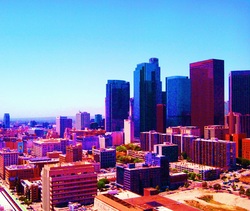
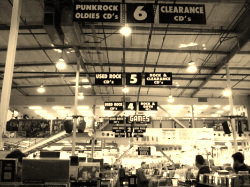
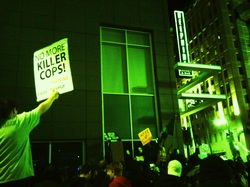
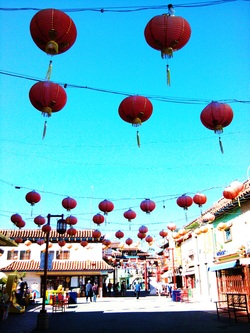
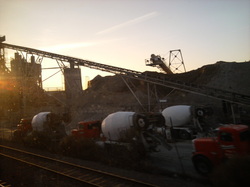
 RSS Feed
RSS Feed
